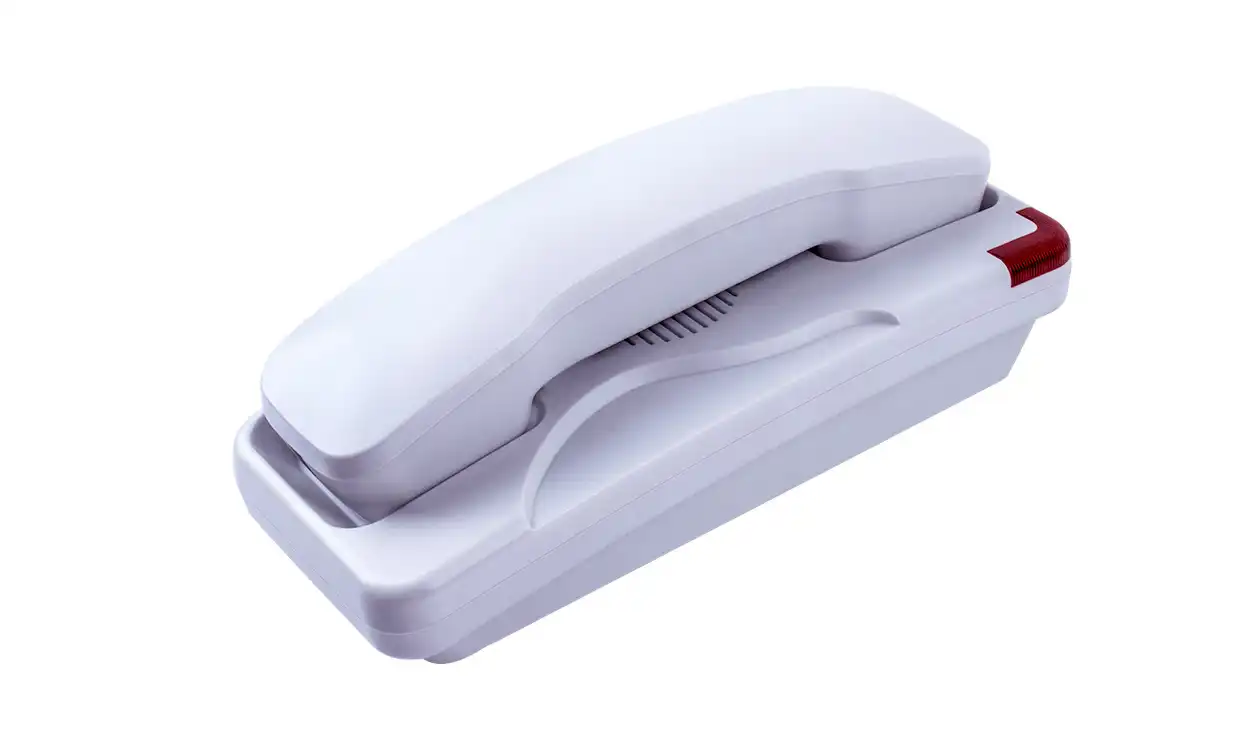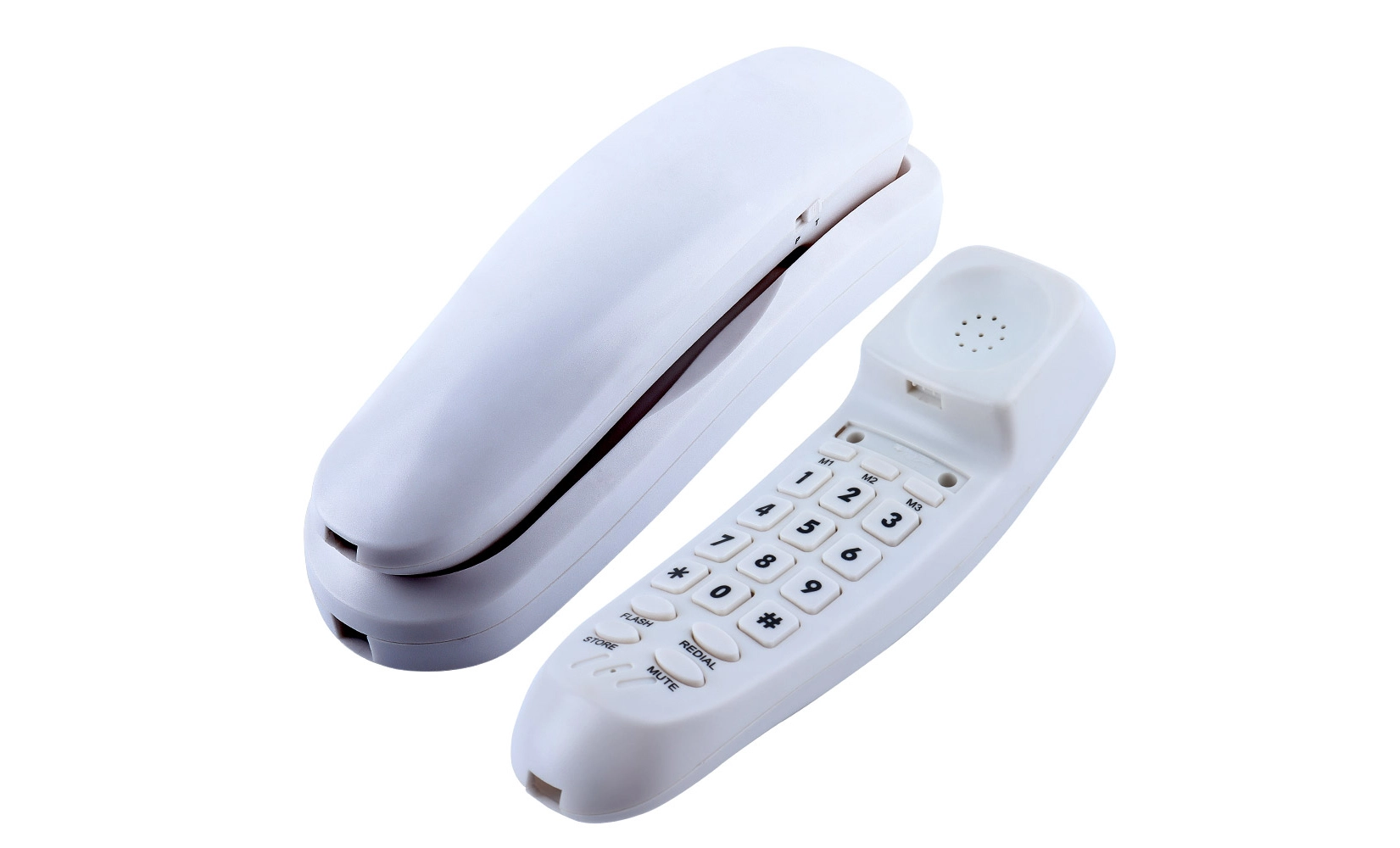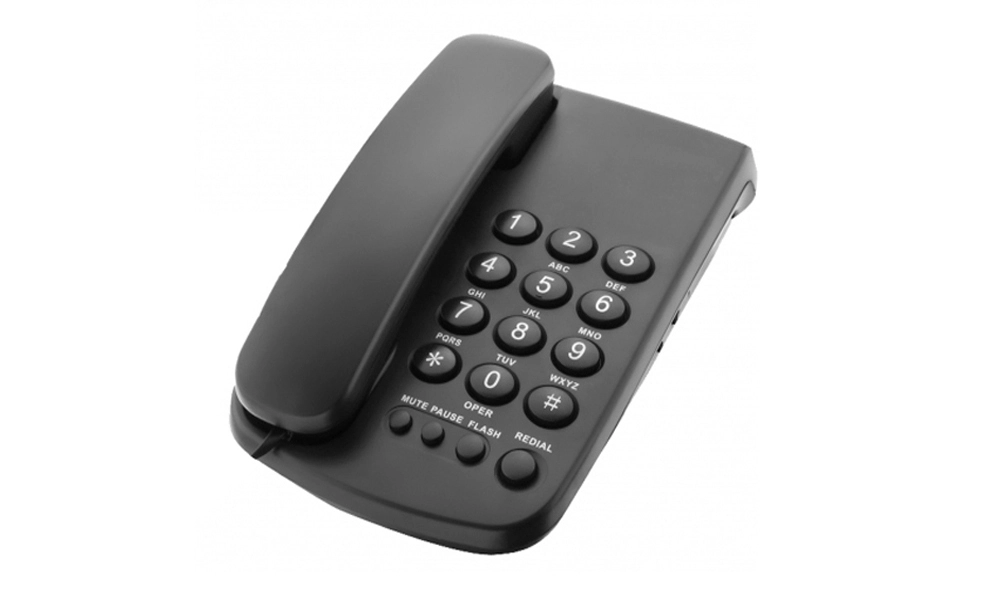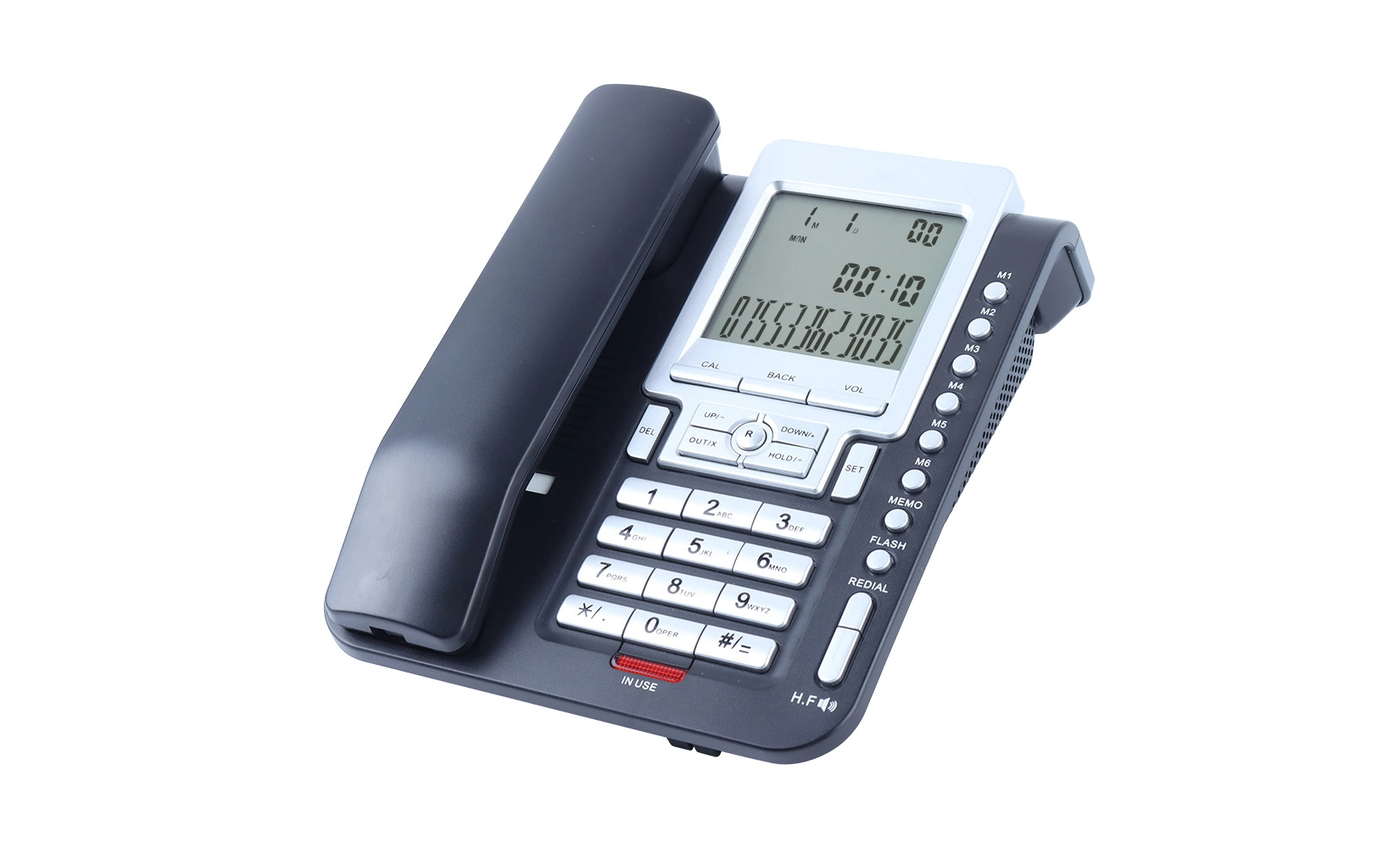Selecting the Right Wall Phone for School Environments
Choosing the appropriate wall phone for school settings is crucial for ensuring durability, functionality, and safety. When selecting wall phones for public areas in schools, consider models specifically designed to withstand the rigors of high-traffic environments. Look for phones with robust construction, featuring impact-resistant materials and tamper-proof screws to deter vandalism and ensure longevity.
Opt for wall phones with clear, easy-to-read keypads and large buttons to accommodate users of all ages and abilities. Consider models with volume control features to adjust for ambient noise levels in bustling school corridors. Additionally, select phones with weather-resistant properties if they will be installed in outdoor areas or locations exposed to moisture.
Key Features to Look for in School Wall Phones
When choosing wall phones for school installations, prioritize the following features:
- Durable, shatter-resistant housing
- Vandal-resistant handsets and cords
- Programmable speed-dial buttons for emergency numbers
- Hearing aid compatibility for inclusive accessibility
- Message waiting indicators for efficient communication
CHEETA's wall phone models are engineered with these essential features in mind, ensuring optimal performance in educational settings. Our rigorous quality control process, involving 11 inspection steps, guarantees a failure rate below 1%, making our products ideal for school environments where reliability is paramount.
Strategic Placement and Installation Considerations
The location and installation method of wall phones in schools play a significant role in their effectiveness and safety. Strategic placement ensures accessibility while minimizing disruptions to daily school activities. When determining the optimal locations for wall phone installation, consider the following factors:
Optimal Locations for Wall Phone Placement
- Main entrances and exits
- Hallway intersections
- Near administrative offices
- Cafeteria and common areas
- Gymnasium and athletic facilities
- Library and study areas
When installing wall phones, ensure they are mounted at a height accessible to both students and staff. The typical mounting height ranges from 48 to 54 inches from the floor to the center of the phone. This range accommodates most users, including those with mobility impairments.
Installation Best Practices
To ensure a safe and secure installation:
- Use appropriate wall anchors and mounting hardware
- Install phones on sturdy, flat surfaces
- Avoid placing phones near water sources or electrical hazards
- Ensure proper grounding to prevent electrical shocks
- Conceal wiring within walls or protective conduits
- Install phones away from high-traffic areas to prevent accidental damage
CHEETA's wall phones are thoughtfully designed for straightforward installation, coming with clear, step-by-step mounting instructions and all the necessary hardware for a hassle-free setup. Additionally, our knowledgeable technical support team is readily available to offer expert guidance and tips on best installation practices, ensuring your school's communication system operates efficiently and reliably from day one.
Ensuring Ongoing Safety and Maintenance
Once wall phones are installed in school public areas, implementing a comprehensive maintenance plan is essential to ensure ongoing safety and functionality. Regular inspections and prompt repairs not only extend the lifespan of the phones but also contribute to a safer school environment.
 Routine Inspection and Cleaning Protocols
Routine Inspection and Cleaning Protocols
Establish a schedule for routine inspections and cleaning of wall phones:
- Conduct visual inspections weekly for signs of damage or tampering
- Clean phone surfaces with appropriate disinfectants monthly
- Check cord integrity and replace frayed or damaged cords immediately
- Test phone functionality, including dial tone and call quality, quarterly
- Verify that emergency numbers and speed-dial functions are up-to-date
Addressing Safety Concerns and Repairs
To maintain a safe communication system:
- Respond promptly to reports of malfunctioning phones
- Replace cracked or damaged phone housings to prevent injury
- Ensure all electrical components are properly insulated
- Update phone software or firmware as recommended by the manufacturer
- Maintain a log of all maintenance activities and repairs for future reference
CHEETA's commitment to quality goes far beyond the initial purchase. Our wall phones are engineered for easy maintenance, durability, and long-term reliability. We provide comprehensive support services, helping your school keep devices in peak condition. Leveraging our extensive expertise in both analog and IP-based communication systems, we offer customized solutions that adapt to your school's changing communication requirements, ensuring seamless operation, enhanced efficiency, and continued satisfaction for staff and students alike.
Conclusion
Installing public area wall phones in schools safely requires careful consideration of phone selection, strategic placement, and ongoing maintenance. By choosing durable, feature-rich models like those offered by CHEETA, and following best practices for installation and upkeep, schools can create a reliable and secure communication infrastructure. Remember that the safety of students and staff should always be the top priority when implementing any new technology in educational settings.
FAQ
How often should school wall phones be inspected?
It's recommended to conduct visual inspections weekly and more thorough functional tests quarterly.
What height should wall phones be installed at in schools?
Wall phones should typically be mounted 48 to 54 inches from the floor to the center of the phone to accommodate most users.
Are there specific regulations for wall phone installations in schools?
While regulations may vary by location, generally, installations must comply with electrical safety codes and accessibility standards.
Expert Wall Phone Solutions for Schools | CHEETA
At CHEETA, we pride ourselves on delivering top-quality wall phones tailored for educational environments. Our 1,200㎡ factory, staffed by 100+ skilled workers and 10 senior engineers, ensures premium product quality and rapid customization. We understand the unique communication needs of schools and offer solutions that prioritize safety, durability, and ease of use. From analog to IP-based systems, our expertise covers a wide range of communication technologies. For personalized advice on selecting and installing wall phones for your school, reach out to our team at allen@cheeta.com.cn.

References
1. Smith, J. (2022). "Safety Considerations for Public Phone Installations in Educational Institutions." Journal of School Safety, 15(3), 78-92.
2. Johnson, R., & Williams, T. (2021). "Best Practices for Wall-Mounted Communication Devices in High-Traffic Areas." Facilities Management Quarterly, 56(2), 112-125.
3. National School Safety Center. (2023). "Guidelines for Emergency Communication Systems in Schools." 4th Edition. Westlake Village, CA: NSSC Publications.
4. Brown, A., et al. (2020). "The Impact of Accessible Communication Devices on Student Safety Perceptions." American Journal of Educational Research, 8(4), 203-217.
5. Technical Standards Institute. (2022). "Installation and Maintenance Standards for Public Use Telephones in Educational Settings." TSI Publication No. 2022-03.
 To install public area
To install public area 




